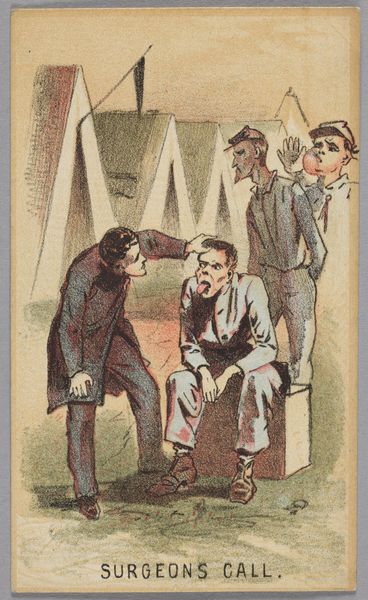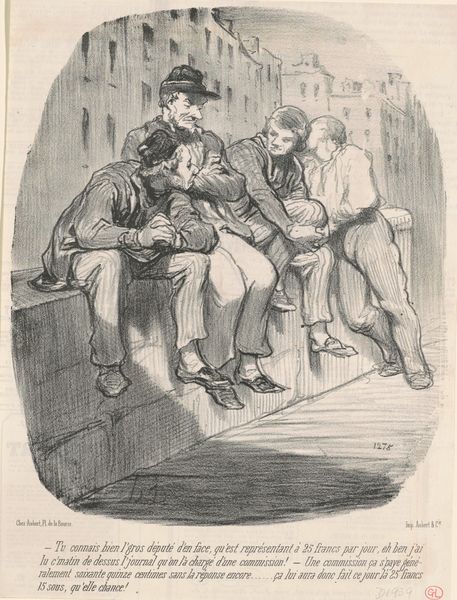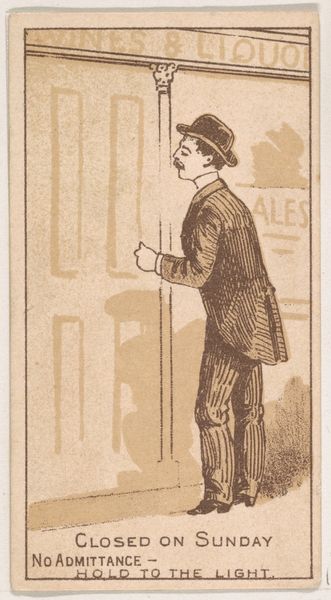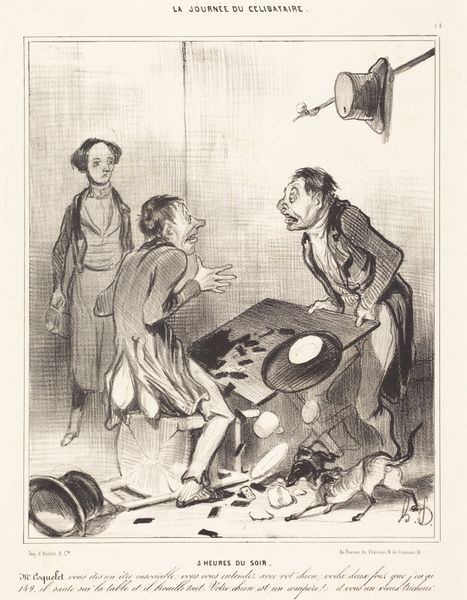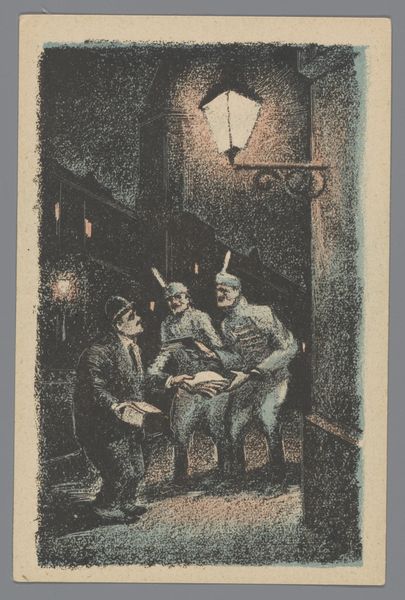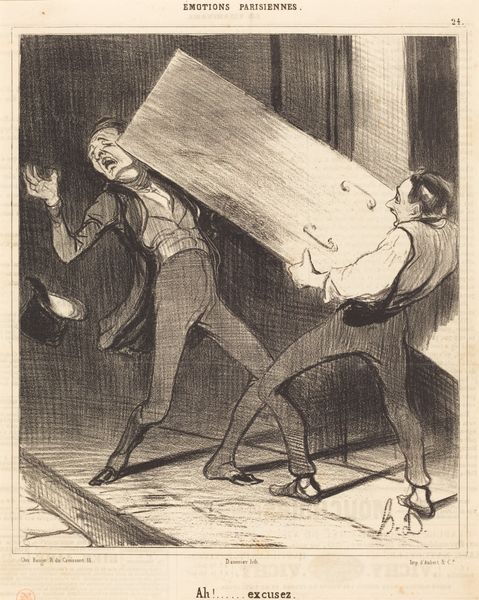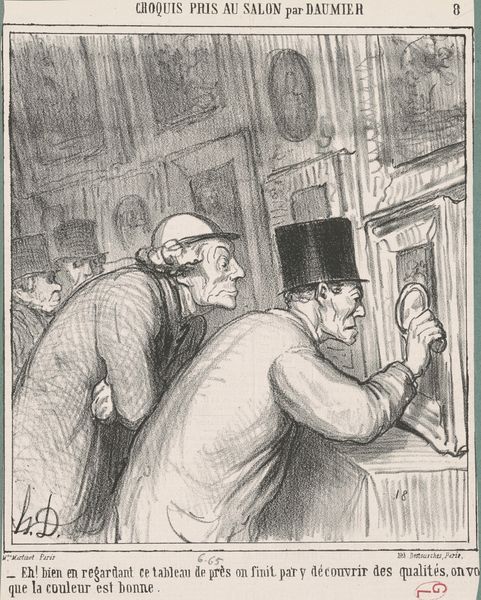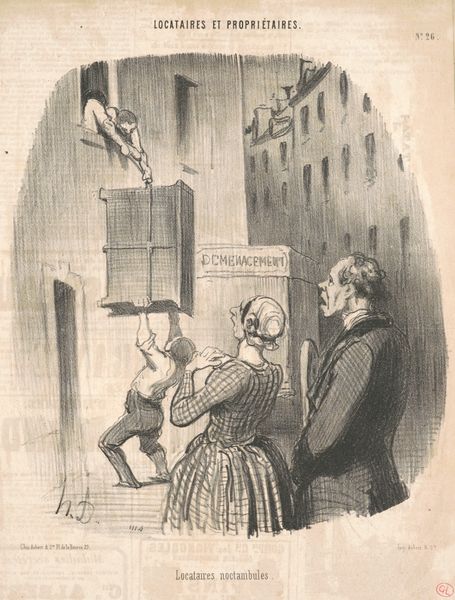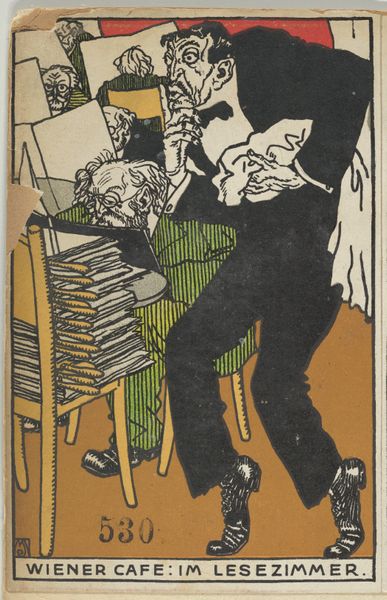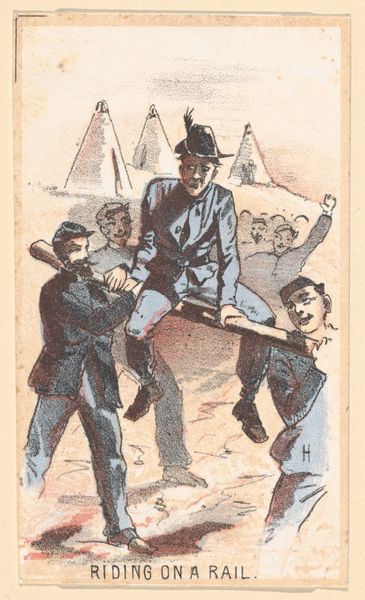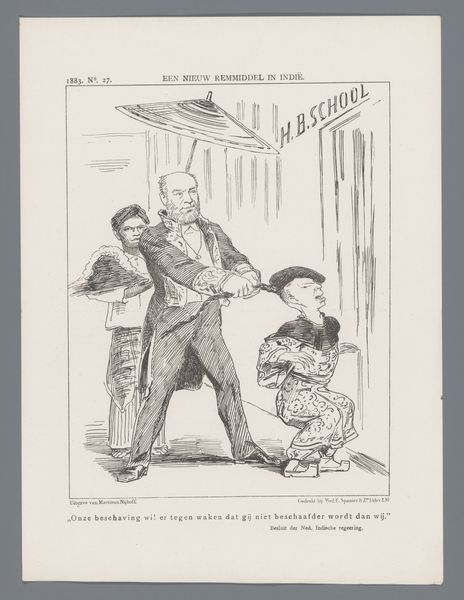
drawing, print, photography, pencil
#
portrait
#
drawing
# print
#
photography
#
soldier
#
pencil
#
genre-painting
#
history-painting
#
academic-art
#
watercolor
Dimensions: Sheet: 4 1/8 x 2 3/8 in. (10.4 x 6.1 cm)
Copyright: Public Domain
Curator: Here we have Winslow Homer’s "Life in Camp, Part 1: Surgeon's Call" created in 1864. Homer, known for his depictions of American life, particularly during the Civil War, produced this work in a combination of watercolor, graphite, and ink. Editor: My first thought? Bleak. There's a sense of profound weariness hanging over this scene. Even the light seems drained of color. The stark, tent-filled background contrasts sharply with the central figures. Curator: That’s a sharp reading. Consider Homer’s background as a war correspondent; he experienced the conflict firsthand. He translated that brutal reality onto the page. What’s also interesting is the graphic quality of the work. Editor: Indeed, its illustrative nature highlights a critical shift towards the visual communication that underpinned the war effort— from sketches in newspapers to engravings meant for mass circulation. The subject is so explicitly of a genre. I wonder about the making of this work, who he drew from, and where. Curator: We see the interaction between the surgeon examining a soldier, his hand placed firmly on the man’s forehead, gauging his condition. And in the background, other soldiers await their turn. There is the looming tension of not knowing whether you are fit to fight another day. The piece offers no glorification of battle. It's about the brutal mechanics of war. Editor: Absolutely. The surgeon’s action – the prodding, the examination, reminds us that war is a mechanized industry. The availability of mass produced pigments allows this color to bring that fact to us even today, even as we view it through rose tinted glasses. How much easier this image is to swallow compared to the horrors we assume took place then. Curator: Looking closer, I think there's almost an element of performance happening, an exaggerated display of illness for the surgeon. I appreciate Homer resisting heroic archetypes. Editor: This artwork certainly holds a lot of uncomfortable truths. It makes me contemplate the invisible laborers of art production. The act of art-making and labor practices are never innocent. Curator: Well, on that sobering note, perhaps it’s time for us to move along. Editor: Indeed. A grim snapshot, revealing far more about its historical and material construction than one might initially suspect.
Comments
No comments
Be the first to comment and join the conversation on the ultimate creative platform.
